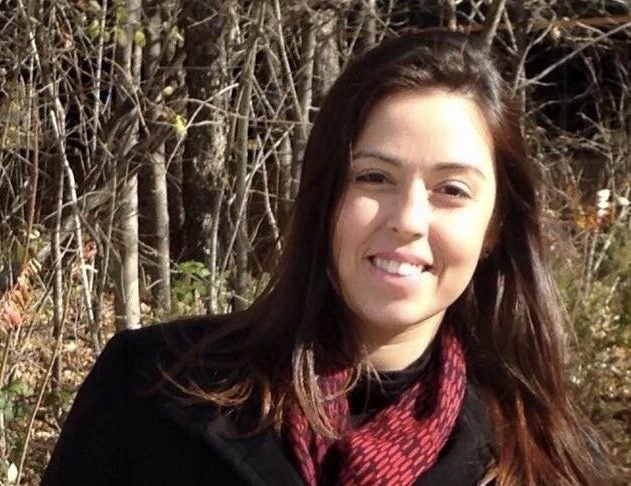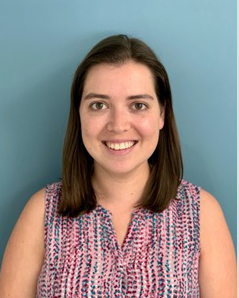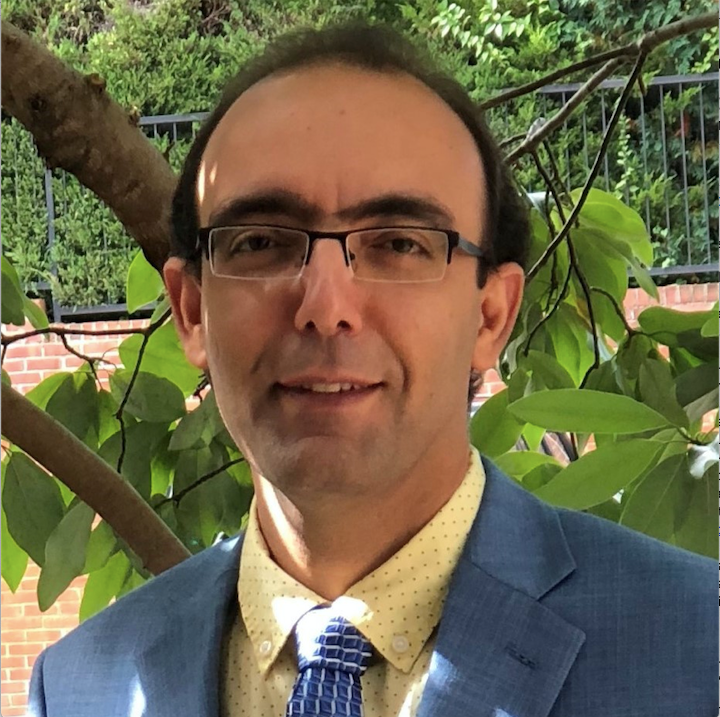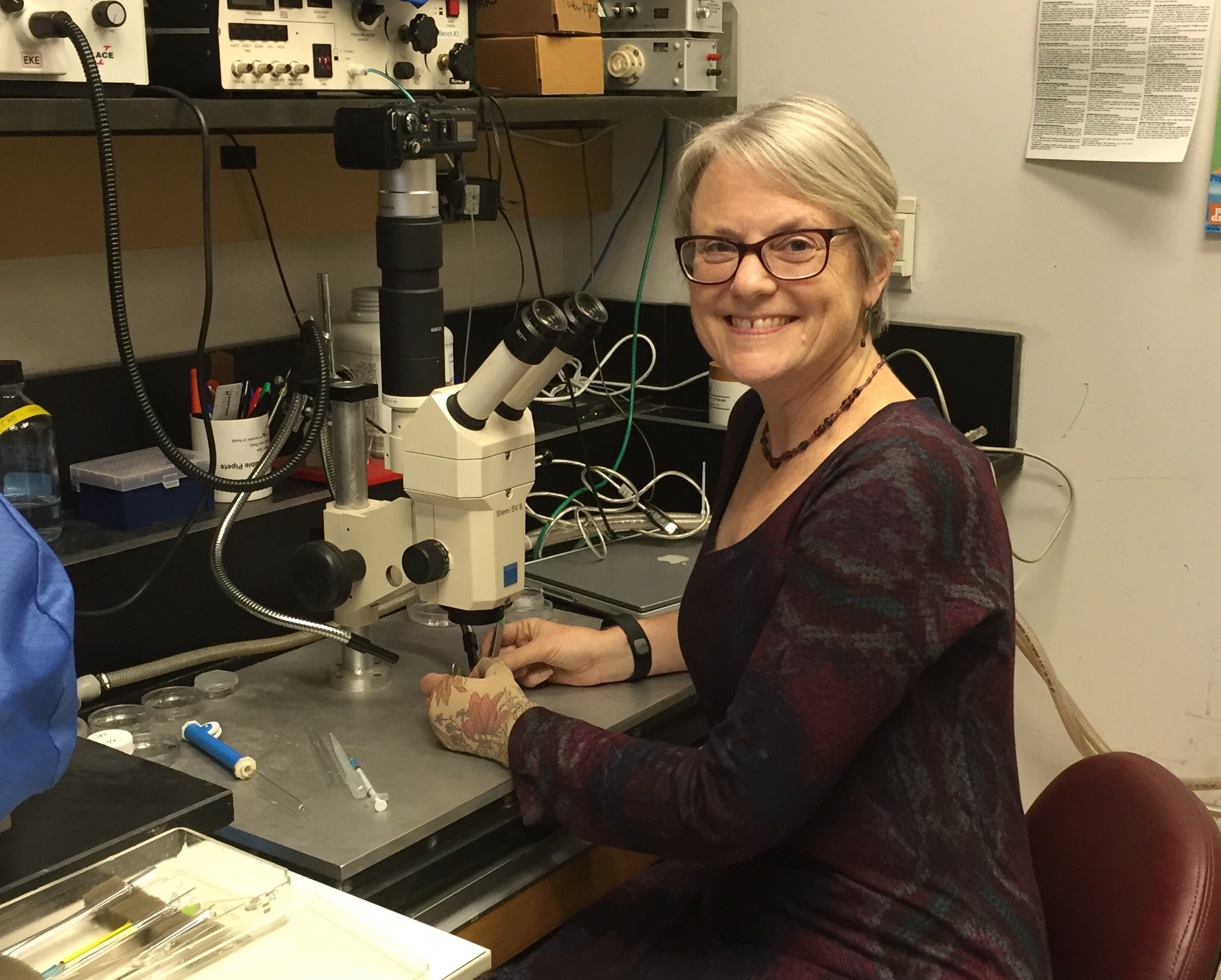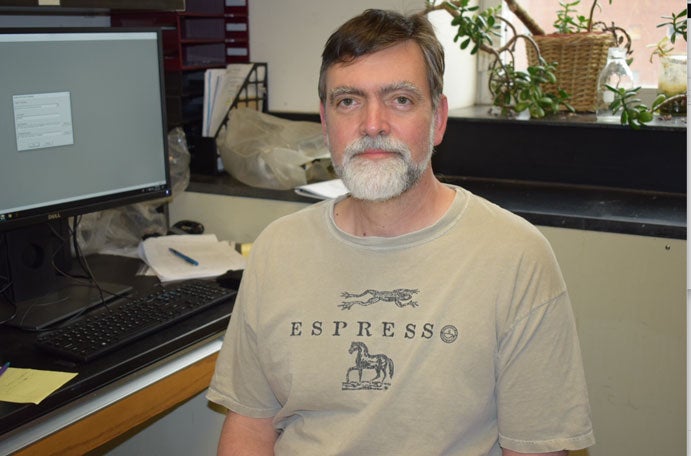Trainees and Research Staff
Postdoctoral Trainees
Research Interests:I am interested in studying the role of cell cycle state in cardiovascular development and disease. |
Research Interests:My research interest is in molecular and cellular biology. I am focused on the role of lacritin in homeostasis of the eye and in use CRISPR/Cas9 approach to solve a structure model of the lacritin-receptor complex, that will contribute to develop new drug candidates to treat patients with dry eye disease. |
Research Interests:The subventricular zone (SVZ) is the largest neural stem cell (NSC) niche in the adult brain; herein, quiescent NSC directly contact micro-vascular endothelial cells (EC). Precise mechanisms by which NSC-EC interactions in the NSC control NSC behavior and neurogenesis are unclear. I aim to determine the role of NSC-EC gap junctional interactions via connexin 43 in the regulation of NSC behavior in vivo and in vitro under normal brain homeostasis conditions and in an injury-induced neuro-regeneration model. |
Research Interests:I’m interested in the genetic control of sensory hair cell and the organ of corti development. One primary focus is to understand the mechanisms underlying planar polarization of sensory hair cells and morphogenesis of the hair bundle. |
Research Interests:I am interested in understanding the mechanisms by which cell cycle regulates lymphatic endothelial cell specification and overall lymphatic development. |
Research Interests:TBA |
Research Interests:My research is focused on: 1) Investigation of the role of lacritin proteoforms in the stability of the tear lipid layer in dry eye. 2) Characterization of the antimicrobial mechanism of lacritin peptide N-104 playing role in the sterility of eye surface. |
Senior Research Staff
Research Interests:I am interested in how cells both create and respond to their extracellular environment in order to generate form. |
Research Interests:I’m interested in the biomechanical basis of morphogenic movements and in particular, how cells generate force and how those forces are integrated across tissues to drive those movements. I currently study how Plakoglobin and Keratin help facilitate adhesion and transduce force from cell to cell, as well as the mechanistic cellular basis for a recently characterized morphogenic movement, Convergent Thickening (CT), both in the frog Xenopus laevis. I’m also interested in how morphogenic mechanisms vary across species and in understanding how and why these variations evolved. For example, other frogs use CT differently than Xenopus, while salamanders appear to have a very different cellular basis for CT and also use a bilateral primitive streak ingression mechanism, largely absent in frogs, to internalize their mesoderm.
|


